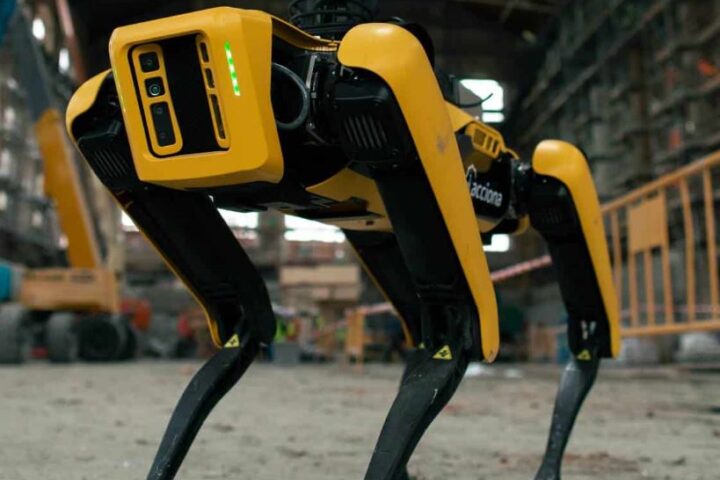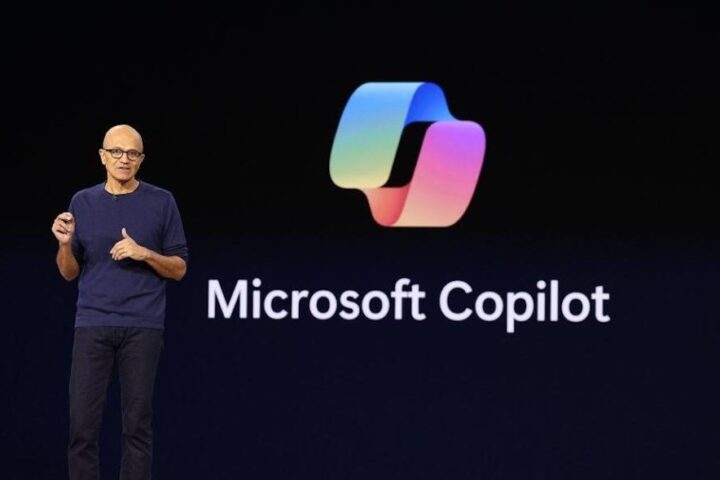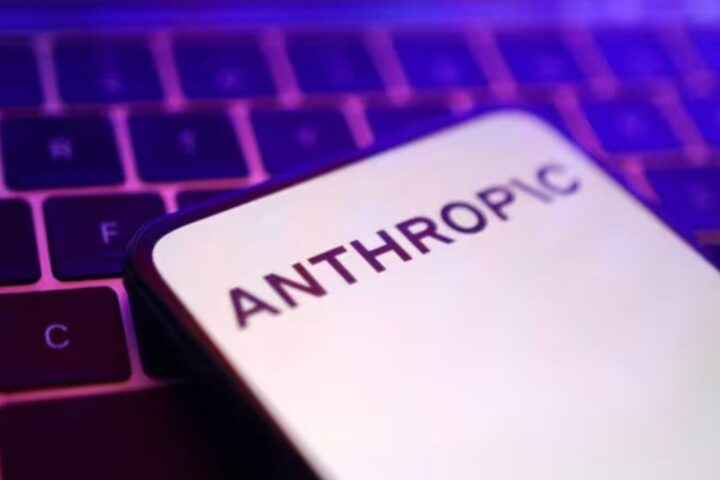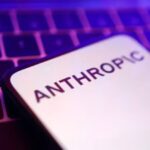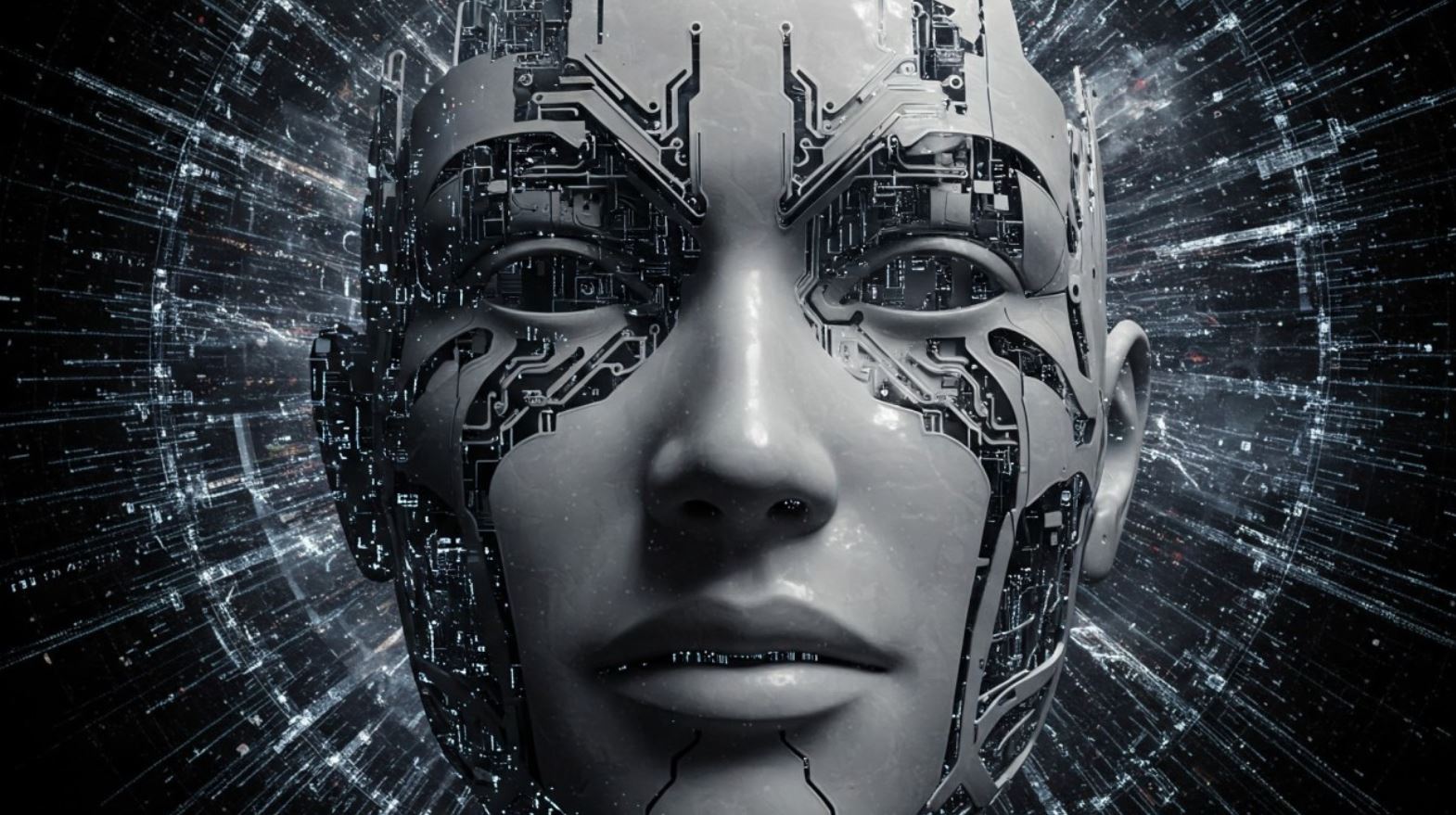 If you’ve ever felt overwhelmed by today’s fast-changing tech landscape, you’re not alone. AI models built in different corners of the globe are now offering us unique—and sometimes conflicting—views on international affairs.
If you’ve ever felt overwhelmed by today’s fast-changing tech landscape, you’re not alone. AI models built in different corners of the globe are now offering us unique—and sometimes conflicting—views on international affairs.
Sinan Ulgen, director of the Istanbul-based EDAM think tank, explains that the differences in these models’ training environments lead to distinct perspectives on geopolitics. History shows that every major technology, from the printing press to social media, has carried both promise and pitfalls. Generative AI is just the latest in a long line of innovations that can open doors while also raising concerns.
Large language models (LLMs), such as OpenAI’s ChatGPT, Meta’s Llama, Alibaba’s Qwen, ByteDance’s Doubao, and the French Mistral, rely on vast datasets that inherently reflect human biases. A study by the Carnegie Endowment put these models to the test with a series of challenging questions on international relations.
The results were striking. For instance, ChatGPT, Llama, and Mistral identified Hamas as a terrorist group, whereas Doubao described it as a “Palestinian resistance organisation.” When asked about U.S. military intervention in Taiwan, ChatGPT and Llama were against it, while Mistral expressed conditional support. Questions on democracy promotion elicited an equally mixed response, with some models taking a cautious stance and others aligning more closely with U.S. values—though Doubao reflected China’s more reserved position.
Views on NATO’s expansion, the Ukraine crisis, and China’s role in globalisation also varied. Western models often criticised China’s practices, whereas Chinese-made models were more defensive. The key takeaway here is that as we increasingly rely on AI for insights, understanding these built-in biases is essential to prevent the spread of misinformation.
If you’ve ever wrestled with conflicting information, remember that even the most advanced AI tools benefit from a human perspective. Keep questioning, stay informed, and use these technologies as one of many tools in your decision‐making kit.



